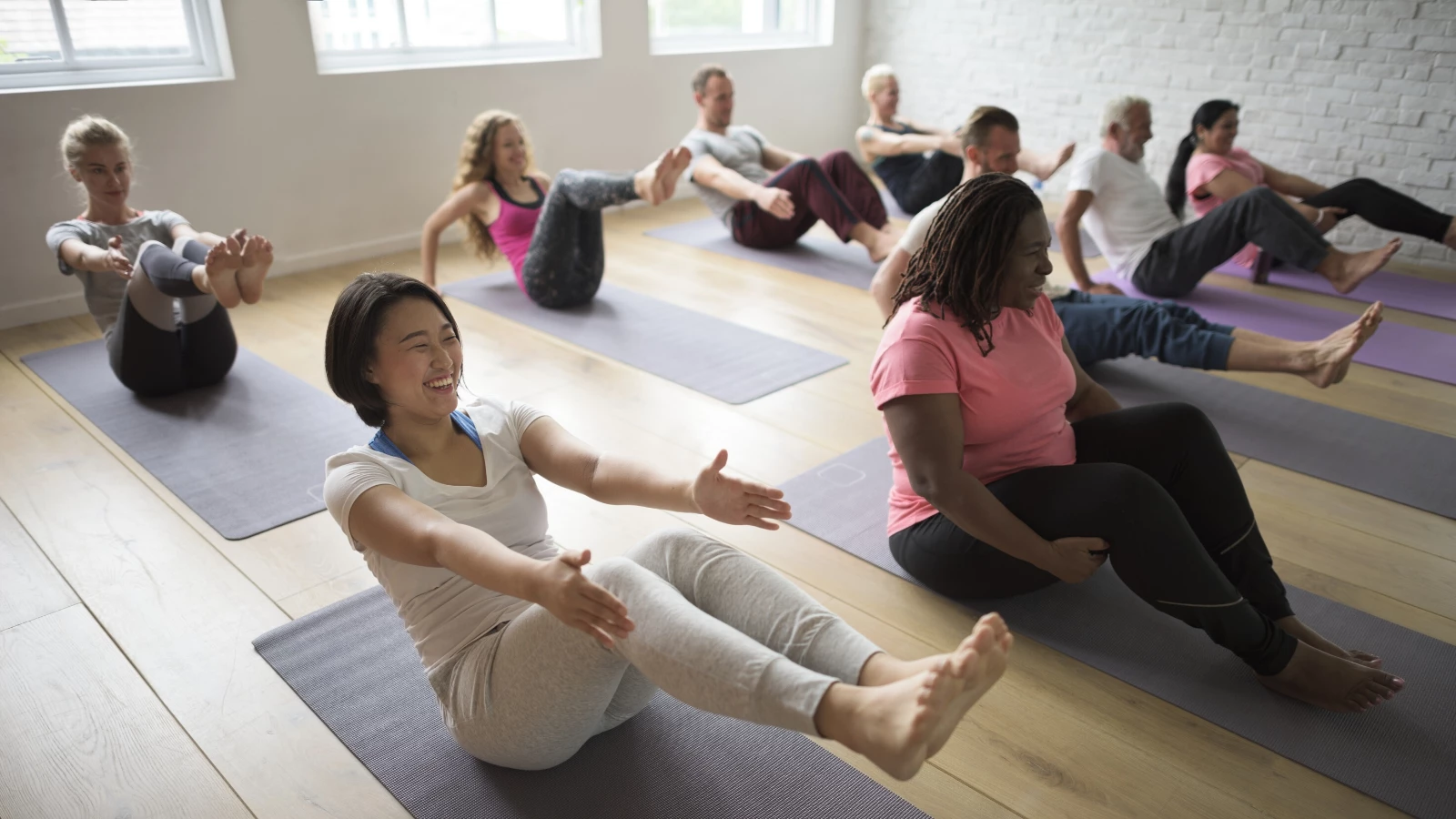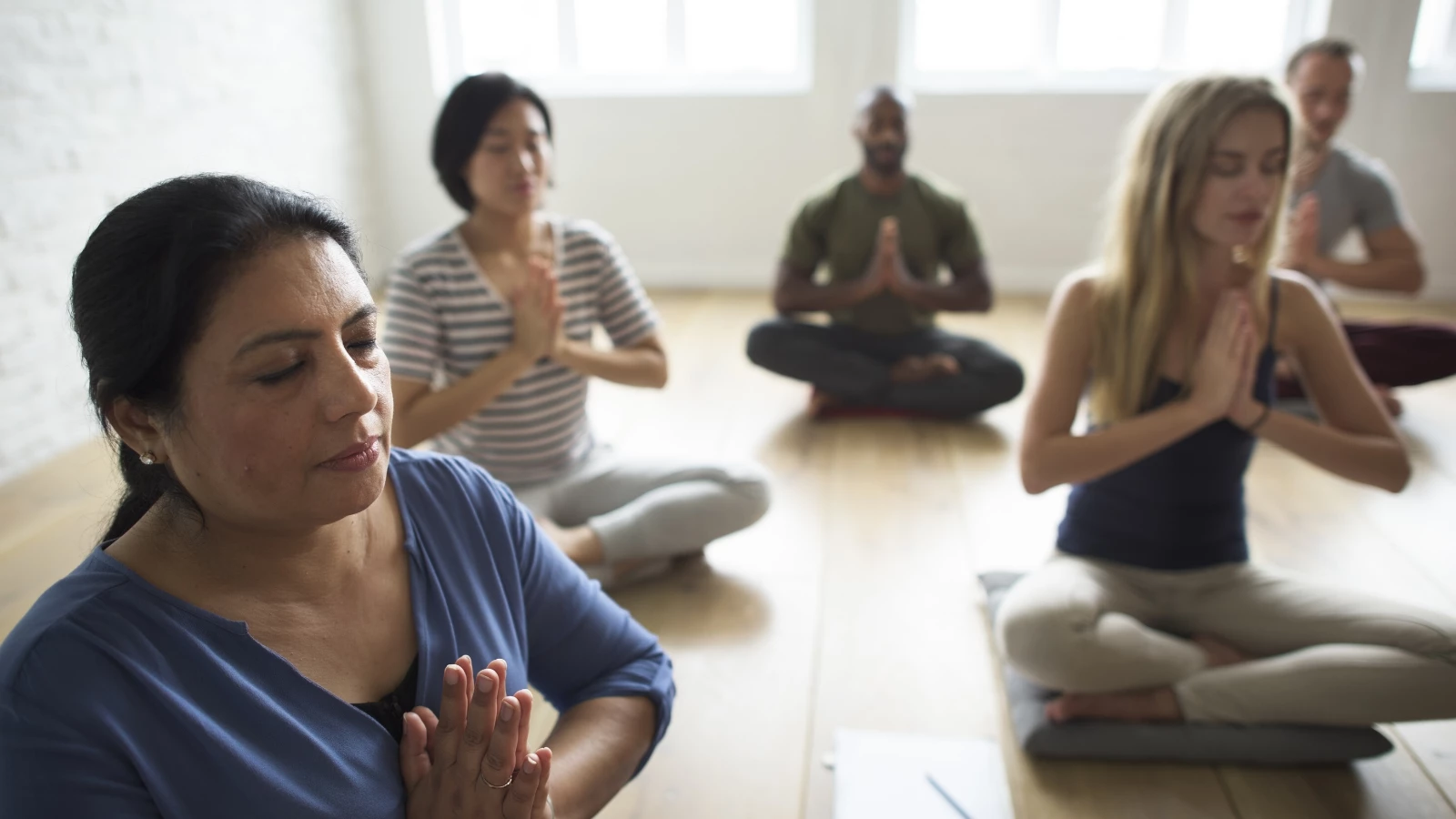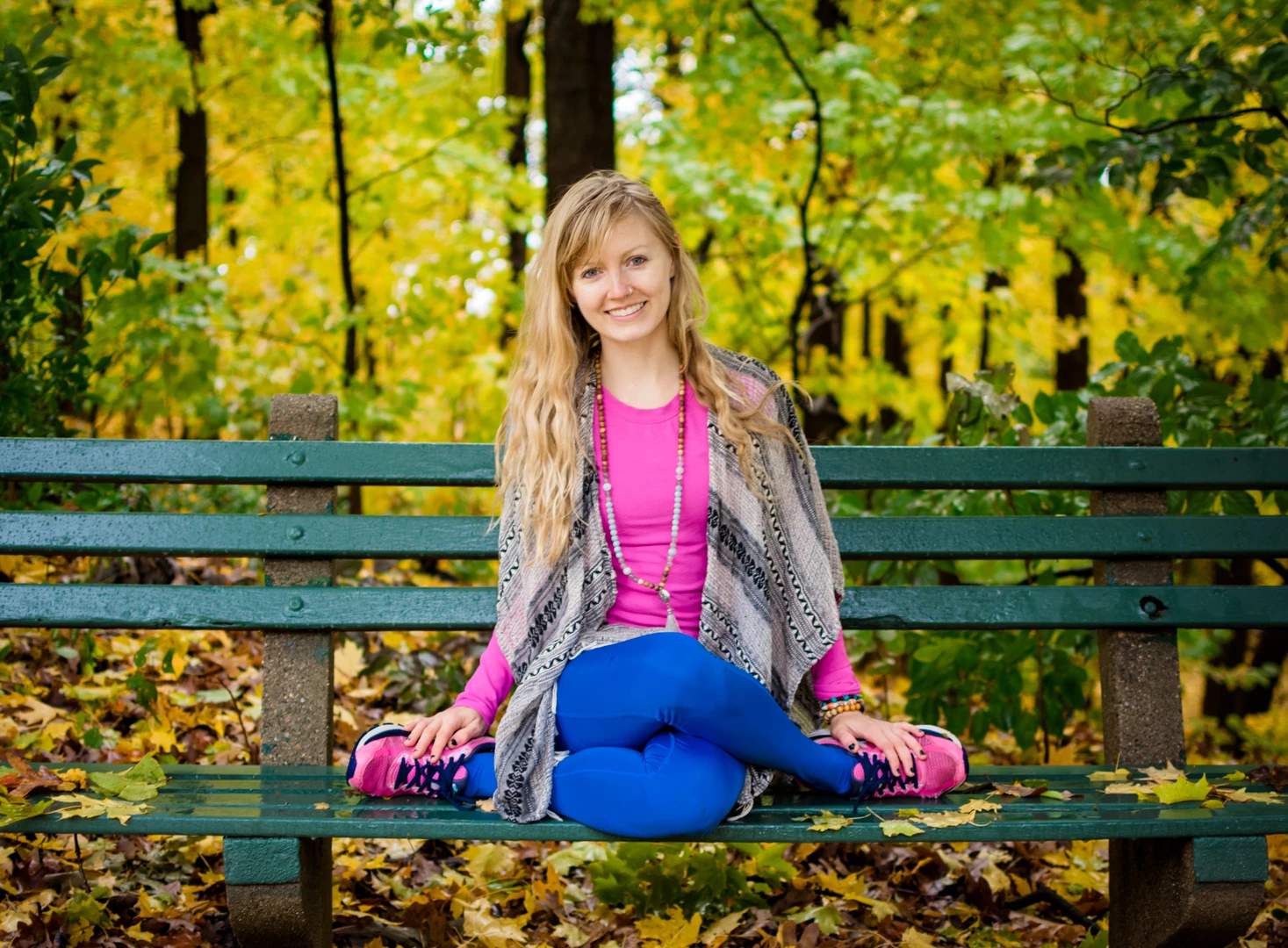Yoga Research: Making Yoga Accessible to Marginalized and Minority Populations

This article outlines public health research on barriers to practicing yoga that is experienced by marginalized and minority populations, and it explores strategies to make yoga accessible to these groups.
Barriers to Practicing Yoga in Marginalized and Minority Populations
Yoga in the West has morphed from its Indian roots into a multibillion-dollar industry that is often inaccessible to marginalized and minority populations. Regardless of race, ethnicity, or socioeconomic status, yoga practice has several health benefits, such as stress reduction and management of anxiety and depression symptoms. Thus, it would seem that individuals experiencing homelessness, poverty, or other social inequities may be better able to cope with trauma and life’s stressors through yoga. Yet several qualitative research studies have outlined barriers that exist in accessing and practicing yoga.

For example, a qualitative study by Spadola et al. (4) explores barriers and facilitators to practicing yoga among 24 predominantly racial/ethnic minority adults living in a low-income, urban housing community in Boston. In focus groups and individual interviews, these adults discussed barriers to practice that included: perception that yoga did not offer adequate exercise for weight loss; fear of injury; lack of information or perceived lack of initiative to practice yoga at home; and scheduling conflicts in attending group classes that were available for free in the gym of their housing complex. Participants did not explicitly mention the perceived cost of yoga and beliefs of yoga being an activity for a predominantly white, thin female population. Still, researchers noted that they did not specifically probe for perceptions of race or ethnicity.
In another qualitative study by Keosaian et al. (2), researchers conducted semi-structured interviews with 19 low-income minority adults who were recruited for a randomized control trial study on yoga’s impact on chronic low back pain (cLBP). Participants perceived time constraints, a low initiative to practice without the structure of a class, and fear of injury in attending classes not specific to treating back pain to deter them from practicing yoga after the 12-week hatha yoga program ended. A few of the participants also stated that they were unable to pay for yoga classes in Boston, where the study took place.
Finally, in a qualitative study by Davis-Berman and Farkas (1), the authors created a restorative yoga program for individuals living in a homeless shelter. However, the authors found that designing a curriculum for the program was challenging because they did not have a consistent group of students. Several participants had conflicts with the yoga class schedule, while others moved to permanent housing without warning and were no longer allowed to come back to the shelter to attend class.
Facilitators to Practicing Yoga in Marginalized or Minority Populations
Despite a range of barriers that individuals of marginalized or minority populations experience to practicing yoga, several facilitators also exist. For example, in the study by Spadola et al. (4), participants reported that they might practice yoga if beginner classes were available or if they had a quality yoga teacher who provided them with individualized instruction. Participants discussed a range of attributes they would hope for in a yoga teacher, including being an effective communicator, personable, down-to-earth, engaged, knowledgeable, and relatable. Finally, participants perceived practicing yoga may be helpful for their physical health, mental health, and overall wellbeing.

Furthermore, in the study by Keosaian et al. (2), the primary facilitator of practicing yoga was the positive relationships that participants formed with their yoga teacher and classmates. Additionally, participants discussed their interest in continuing to practice yoga after the study’s completion because they perceived it to benefit their health and wellbeing.
Specifically, participants reported reduced back pain, greater ability to manage their pain, improved mood, increased body awareness, and a strengthened mind-body connection from practicing yoga. Similarly, Davis-Berman and Farkas (1) reported that homeless individuals who participated in their restorative yoga classes reported a desire to continue practicing yoga. They felt yoga reduced stress and pain while promoting relaxation.
Strategies for Making Yoga Accessible
Based on their study, Spadola et al. (4) offer specific strategies to make yoga accessible to marginalized or minority populations. These strategies include making promotional material culturally relevant and inclusive of race, ethnicity, and socio-economic status; providing free childcare and additional social support (including homework assistance for children and dinner) for evening yoga classes; and providing participants with simple books of yoga poses and audio/video guides to practice yoga at home. Additionally, Keosaian et al. (2) suggest making yoga classes free or low cost and hosting classes in low-income or minority neighborhoods to make yoga accessible.
Moreover, a qualitative study by Kinser and Masho (3) explores the perceptions of pregnant urban African-American teenagers of yoga as a stress/depression-management strategy. In focus groups, these participants reported an overwhelming preference for trying yoga over other interventions, such as walking, tai chi, and dancing. Participants offered several strategies for making yoga appealing and accessible, including making classes group-based and interactive to aid in relationship-building and prevent isolation. They also suggested that the classes should consist of other pregnant women their age and from a similar background and that the teacher should be relatable, understanding, and knowledgeable about pregnancy. Finally, they suggested classes include a focus on understanding difficult emotions, coping with stress, and managing symptoms of depression.
Based on their research, Kinser and Macho suggest additional strategies for making yoga accessible, including demonstrating racial/ethnic diversity in advertisements, offering classes at local high schools, and incorporating group discussions at the beginning or end of classes to encourage social support. Collectively, these strategies provide hope for the ability to reduce the barriers to practicing yoga experienced those who may benefit most from the psycho-social and physical impacts of yoga. (3)
 Lacey Gibson is a Boston-based freelance food writer, a global health research consultant, an RYT-200 yoga teacher, and a certified barre teacher. She graduated in 2015 with a BA/BS in French and Physiology from Southern Illinois University, where she also competed as an NCAA DI track/cross country runner. Additionally, she holds a Masters of Science in Global Health and Population from Harvard T.H. Chan School of Public Health. As a writer, Lacey specializes in mindful consumption of chocolate, coffee, and wine. Her work has been published in the Journal of Wine Research, Gastronomica, Fresh Cup, Elephant Journal, Happy Cow, and DOYOUYOGA, YogaUOnline, among others. Lacey’s mission as a writer and as a yoga teacher is to inspire openness, compassion, and connection through mindful movement, living, and eating.
Lacey Gibson is a Boston-based freelance food writer, a global health research consultant, an RYT-200 yoga teacher, and a certified barre teacher. She graduated in 2015 with a BA/BS in French and Physiology from Southern Illinois University, where she also competed as an NCAA DI track/cross country runner. Additionally, she holds a Masters of Science in Global Health and Population from Harvard T.H. Chan School of Public Health. As a writer, Lacey specializes in mindful consumption of chocolate, coffee, and wine. Her work has been published in the Journal of Wine Research, Gastronomica, Fresh Cup, Elephant Journal, Happy Cow, and DOYOUYOGA, YogaUOnline, among others. Lacey’s mission as a writer and as a yoga teacher is to inspire openness, compassion, and connection through mindful movement, living, and eating.
References
-
Davis-Berman, J., & Farkas, J. E. (2014). YogaHome: Emotional, physical, and social impacts of a yoga program on community homeless shelter residents. Journal of Yoga Service, 1(2), 18-24.
-
Keosaian, J. E., et al. (2015). “We’re all in this together”: A qualitative study of predominantly low-income minority participants in a yoga trial for chronic low back pain. Complementary Therapies in Medicine, 24, 34-39.
-
Kinser, P., & Masho, S. (2015). “I just start crying for no reason”: The experience of stress and depression in pregnant urban African American adolescents and their perception of yoga as a management strategy. Women’s Health Issues, 25(2): 142-148.
-
Spadola, C. E. et al. (2017). Enhancing yoga participation: A qualitative investigation of barriers and facilitators to yoga among predominant racial/ethnic minority, low-income adults. Complementary Therapies in Clinical Practice, 29, 97-104.




